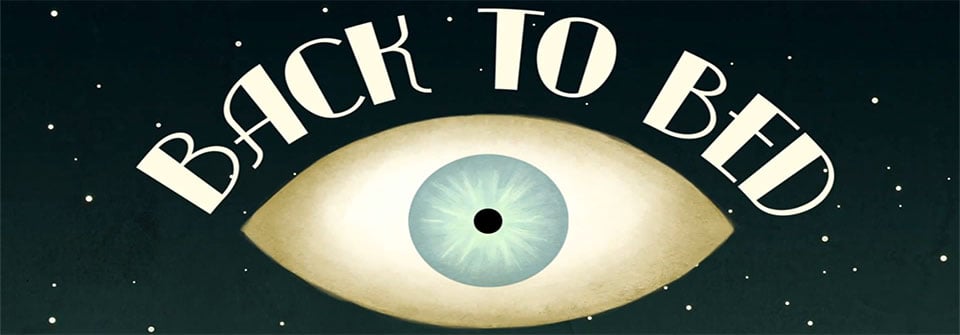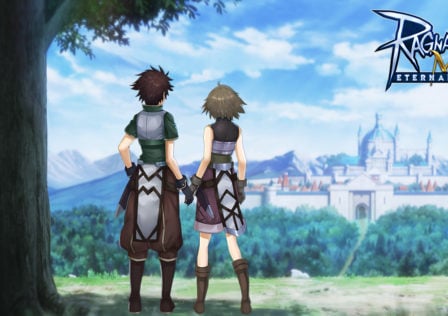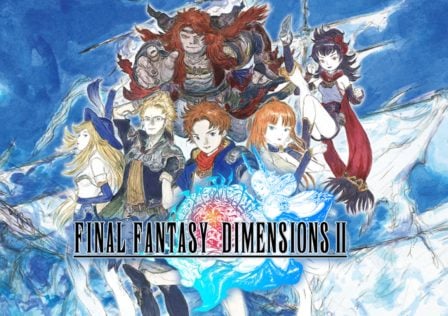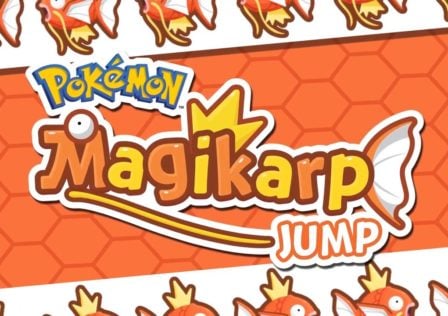I had the opportunity to interview Jonas Byrresen of Bedtime Digital Games. Their new game Back to Bed is now available for Android devices. It is a puzzle game with lush visuals akin to Salvador Dali and M.C. Escher. If you enjoyed Monument Valley, Back to Bed is a game that you will want to add to your collection. The interview allows us to get to know the designer and Bedtime Digital Games. We get to peer into the process for creating such art and are thankful to Klaus Pedersen and Jonas Byrresen for taking the time to answer our questions.
DroidGamers: What is the meaning behind your name Bedtime Digital Games and how many people do you employ? Where is your base of operations?
Bedtime Digital Games: The Bedtime part of the name originally comes from just after we finished the student project. We decided to keep working on the game and we needed a legal entity to handle rights and expenses. Our project manager, Klaus, just went with Bedtime since it fits the game. From there, the name has kind of grown on us, because we enjoy creating dreamlike game universes, but also because we feel Back to Bed could be played in bed just before going to sleep. The “digital games” part is a result of long discussion some of us had during another game project. We want to show that we create games, but not board games or similar. Neither did “entertainment” or “studio” feel right with us.
At the moment we are six people in our office in the center of Aalborg in Denmark. Hopefully we will grow to seven people in the coming months, as an experienced developer is planned to join us.
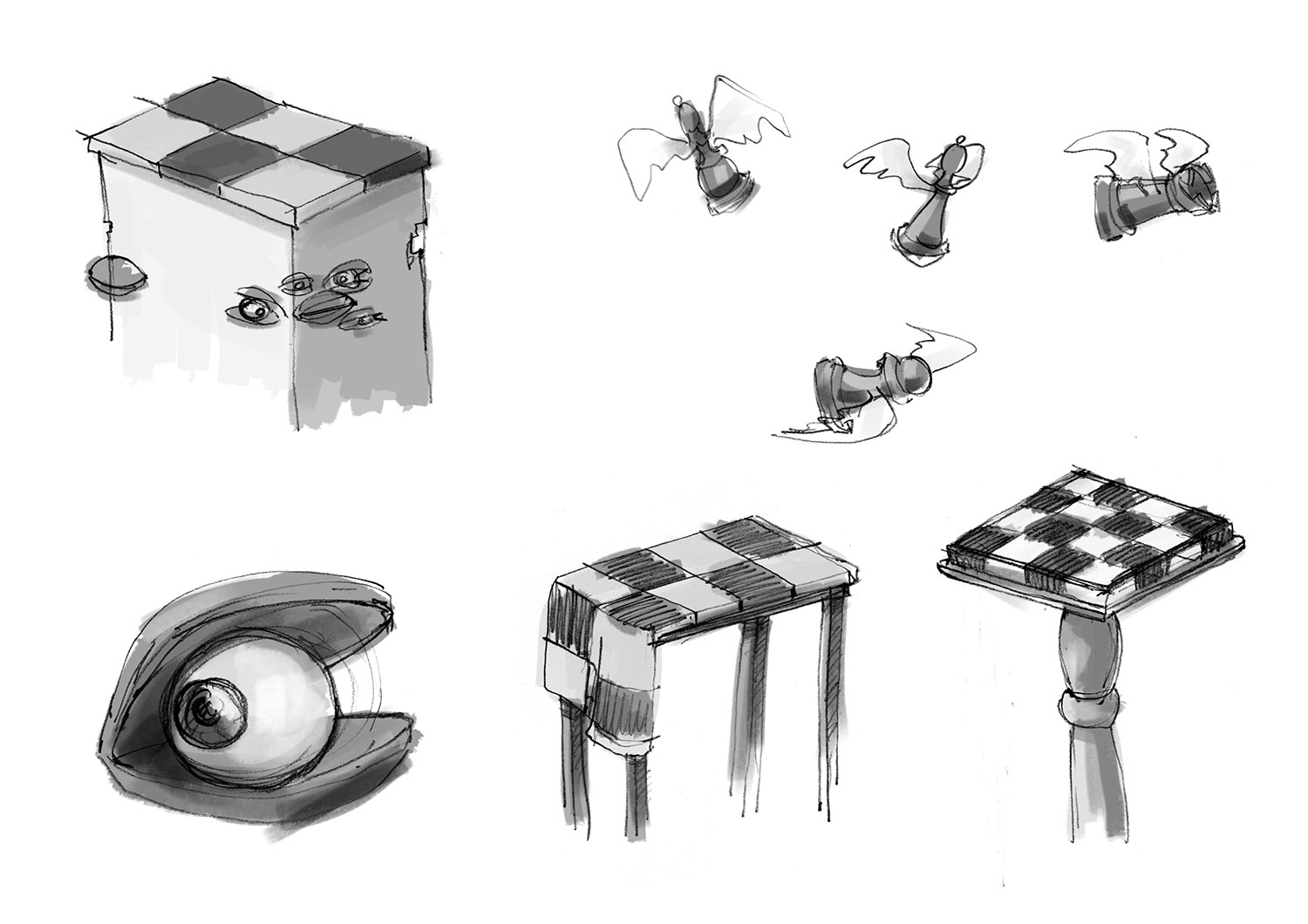
DG: Back to Bed started off as a student project that was completed in six weeks right? What has changed since that early concepts of the game and where did the original concept come from? Was there a single source of inspiration?
BDG: The game has become a great deal bigger, with several additional levels and graphical assets. The original student version had just 12 levels. The new version has a story to tell over the course of more levels, where the dream world changes at a point and becomes at bit more dangerous and dark in its tone. We have a story in our head that describes what happens on the journey, but we are looking forward to hearing player interpretations of the new cut scenes and levels.
We also have a nightmare mode ready for players who have completed the main game. Here we alter the challenge a bit, which creates some much harder puzzles. This is meant for the players who enjoy thinking many steps ahead in a puzzle game. Besides the content, the game has become a lot better looking with updated graphics and textures, and we are quite satisfied with how it looks on mobile units.
The main source of inspiration for the game was a mixture of sleepwalking as a concept and the old Disney cartoon where Goofy sleepwalks on a construction site yet never gets hurt. In that cartoon, it is like there is something invisible force protecting him and guiding him to safety. We asked ourselves what could that force be? After some time we came up with the whole out-of-body-sub-conscious-guardian that protects the sleepwalker and went from there.
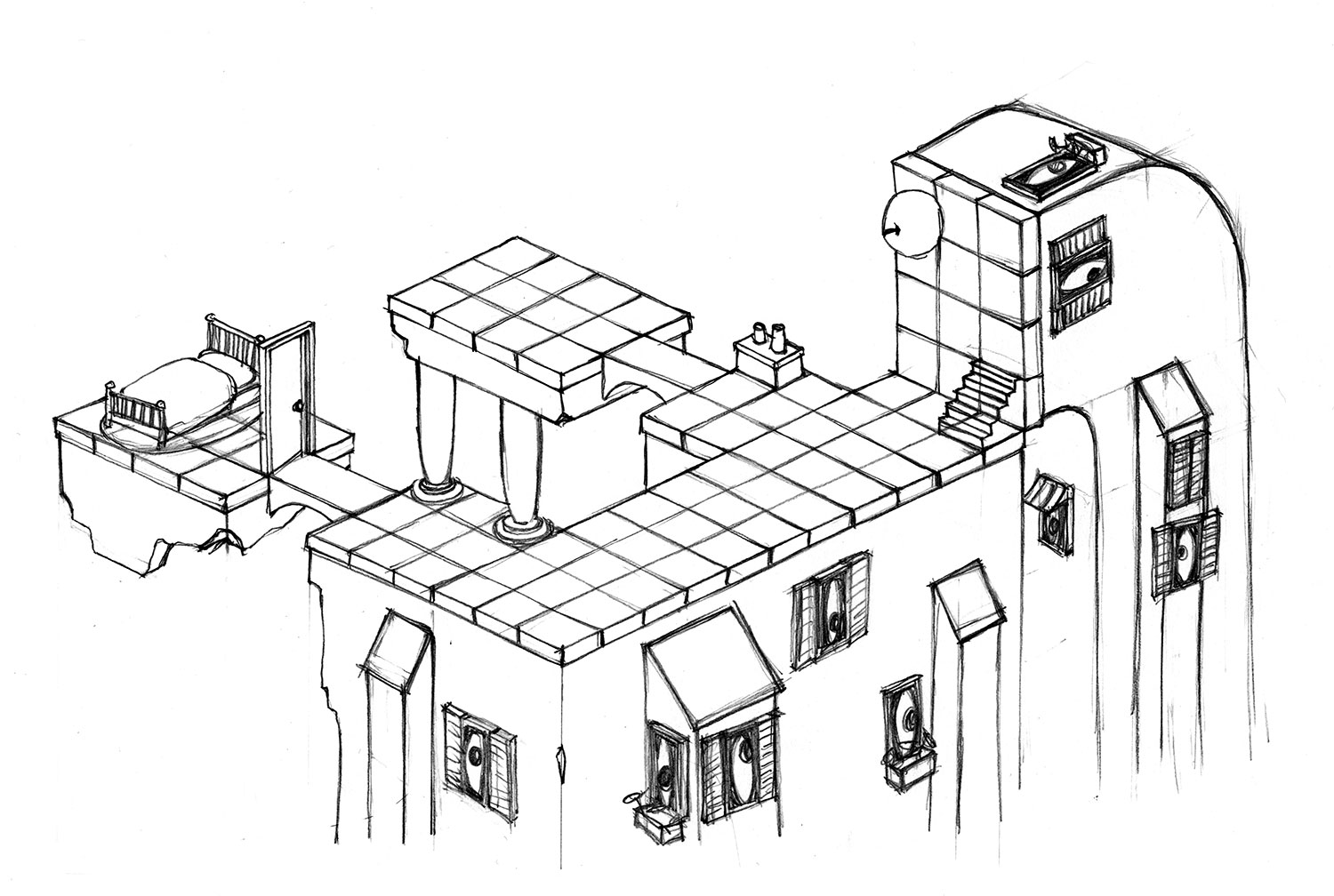
DG: What can you tell us about the main character and his sidekick? Why is he so sleepy?
BDG: Bob, the main character, is, in many ways, a very unlucky man who suffers from narcolepsy, a rare condition where one often falls asleep without warning. Adding to that, he has a tendency to sleepwalk and a very boring office job. If he is not careful he might end up sleepwalking out an open window and into the big city. The sidekick is actually part of Bob, or rather part of his sub consciousness, and is named Subob. He is, in a sense, Bob’s will to survive which spawns when he is in danger and tries to help him back to safety. So in a way they are the same person.
DG: Can you describe the game world you have created? It appears to be like some of the work of Salvador Dali and mixed with a little bit of M.C. Escher.
BDG: The game is actually seen from Subob’s view and since he is part of Bob’s sub consciousness, we see a mix between reality and Bob’s dreams. We are still in the real world, basically in a city, but everything is changed by what is inside Bob’s head at the time. We definitely took a lot of inspiration from both Dali and Escher. Dali was quite early in the process, where we were looking at his work and thought that it felt kind of dream like. Like it was real, but still not something you could find in the real world. The Escher part started out as an experiment to see if we could actually implement impossible shapes, and it kind of grew from there. We think it fits the theme since there is no doubt that these forms can only exist inside our mind.
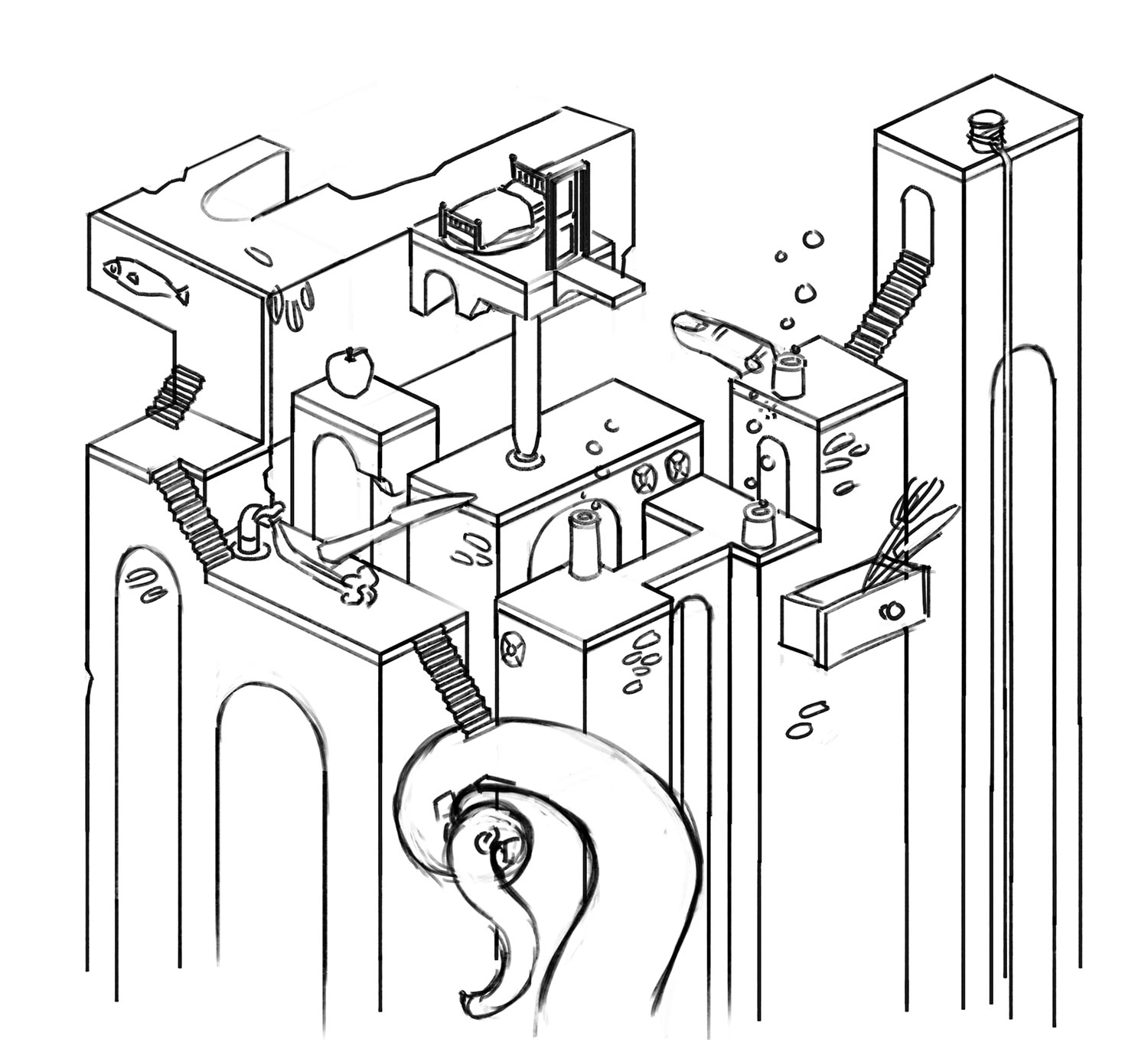
DG: As an artist myself, I am always curious about how the game world was developed. Were hand sketches used at any point, or was everything computer generated?
BDG: Hand sketches have been used a lot, both when it comes to the art and visuals, but also for coming up with new puzzle and level ideas. Most of the ideas for the visual style started on paper, but it quickly moved on to the screen via graphics tablets. We have made an investment to allow our art director, Adrielle Buus, to draw her ideas right onto the screen. There was essentially no point where hand sketches left the pipeline for the level design, since it is so much easier to flesh out an idea on paper, test it and make other people understand it. Also, if the ideas end up being bad on paper, then you haven’t wasted much time.
DG: In creating the game what computer software was used? Some people use 3D Studio Max. Is that what you use?
BDG: We used Unity3D as the game engine and 3D Studio Max for building models and animations. We kind of grew up with Unity as students, so it just came natural and it works great with 3D Studio Max.
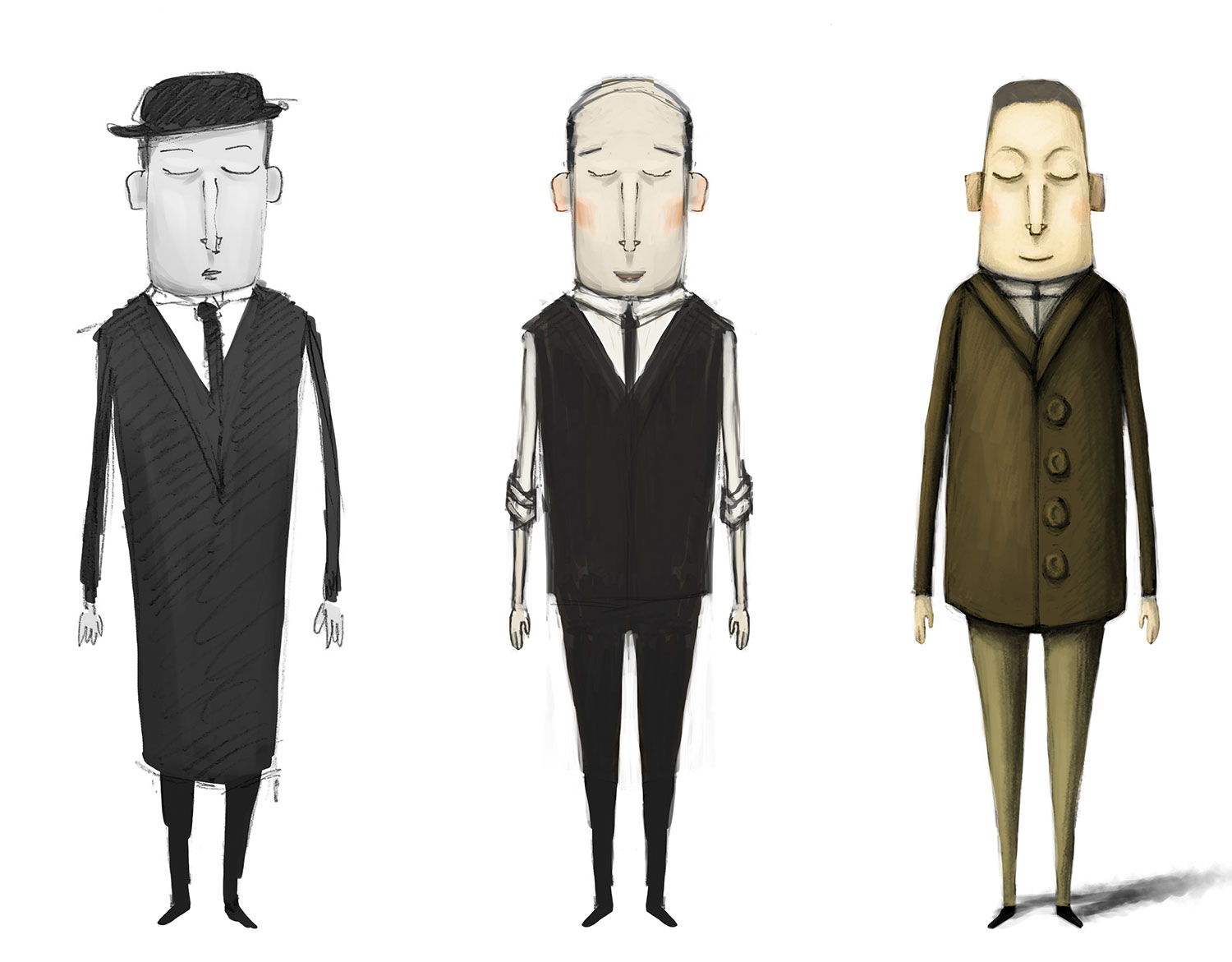
DG: How many levels are available with the game? Do you have plans of expanding it or will everything be provided upon release?
BDG: There are 30 levels in the game which guides the player through the story and then nightmare mode afterwards. We will support the game and patch it when/if needed, but at the moment we have no plans to expand the game – though I guess you can never say for sure. We are currently in the early stages of a spiritual successor named Dream Factory, for which we received funding and support by our investor and the Nordic Game Program. We are going to throw a lot of energy into making that a great game. We think the team needs to move on to a new project and try something a little different, to sharpen and expand our skills and not get bogged down with a project that has already lasted a long time.
DG: Back To Bed is a paid title. What made you go this route instead of Free-to-Play?
BDG: The entire team was in agreement from the start that this was the best choice for the game we are making. This is because we believe that the business model for a game should not be the defining element, but rather be constructed to fit the game created. Some games fit the free-to-play model better, like multiplayer games where you need a large amount of active players to ensure a good experience. We felt that one of the main features of Back to Bed is the dream world and the feeling of being inside a piece of art. To ensure that the player would not be yanked out of that experience and that we wouldn’t have to gate part of the game of by a price tag, we went with a fixed price instead. We hope the players who want a complete game experience will understand this.
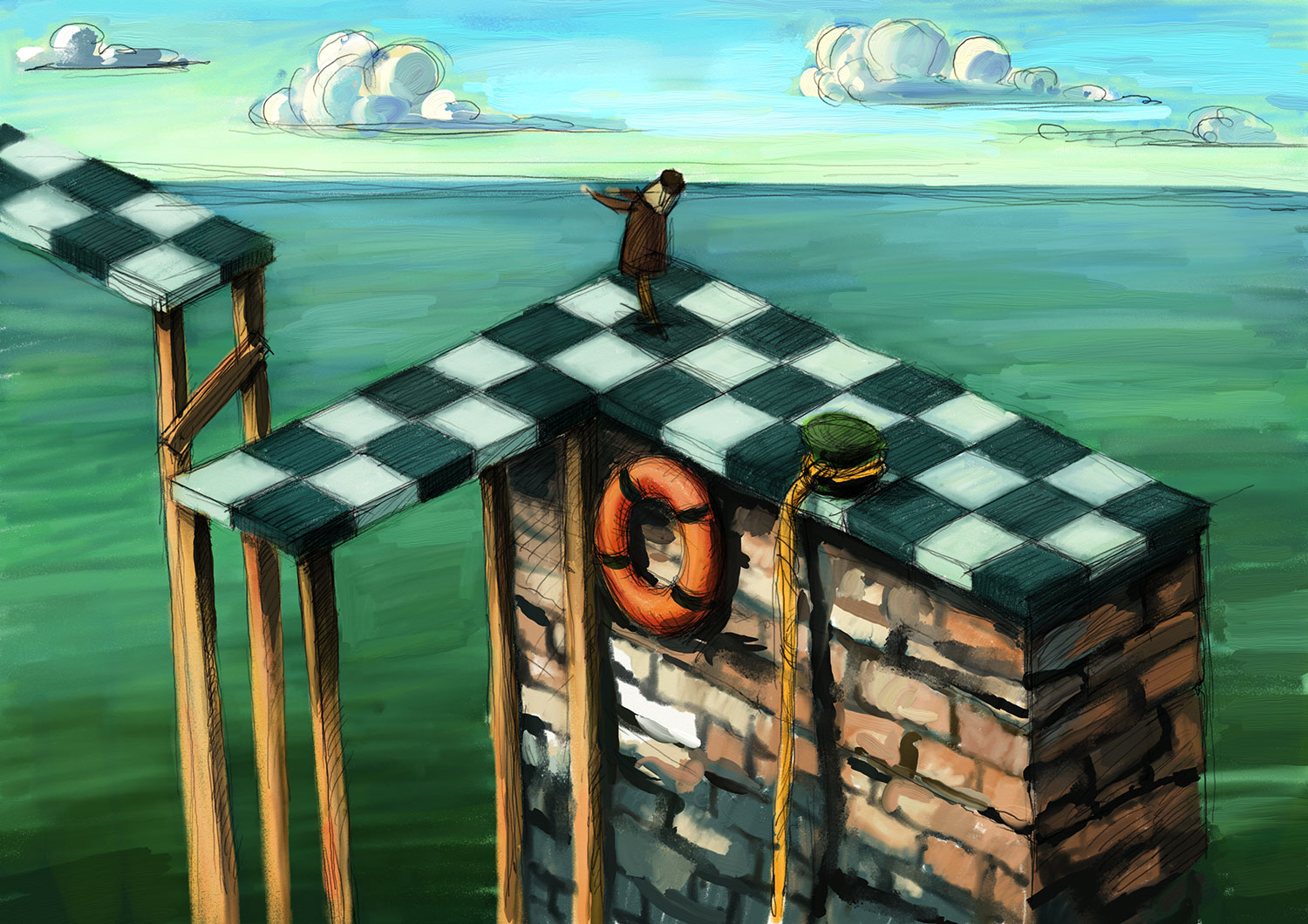
DG: As a game developer, do you play games often? If you do play games, what are your top three games and why?
BDG: We don’t play games as often as we want any more 🙂 Being a developer means working long hours and it seems that when you have some free time, you might want to do something not digital. Nonetheless, we have started an office tradition where we once in a while play other indie games together that we feel might inspire us or give us new ideas. This we feel is a good idea, since it gives us a common experience to discuss from. Games like Super Meat Boy, Limbo, and Brothers: Tale of Two Sons and so on. Other than that the team plays a lot of different games on mobile devices, consoles and PC. Some of us enjoy playing Blizzard titles, like World of Warcraft, together when there is an expansion or major update. I appreciate the quality and it is always fun to play with friends.
If I have to give my personal top three games it would go something like this:
1) World of Warcraft. I really enjoy the setting and playing with my friends in permanent setting that does not demand too much of you.
2) Breath of Fire IV. An old school JRPG that really told me a great story and gave lots of opportunities to explore the setting.
3) Neverwinter Nights + expansions.
Besides video games I really enjoy pen & paper games a lot and have written and run many games over the years. This game is what I feel came closest to that experience.
DG: For those people interested in game design/development, what would you tell them about getting started? What pitfalls should they avoid?
BDG: From our experience there are three major points that one need to consider if you want to create a start-up:
– First, have a unique idea. If you are going to create an iteration of a game which is already popular, the bigger developers can likely do it better than you. Also, don’t think the mobile space isn’t dominated by developers with big pockets. Defeat them with what they often lack, originality and experimentation. So what if you don’t get 5 million+ players? Find a way to succeed without that.
– Second, know your personal and professional limits and create a diverse team. It has been a great advantage that our team is very diverse when it comes to skills. You need a team that can handle every aspect of game developing. Designers and marketing often underestimate technical challenges, and programmers often underestimate the need for marketing and a great story. A group of totally like minded people will have a hard time making a great game and getting it out there.
– Third, look at game development as a business, and not as a hobby. Don’t get me wrong, it should still be fun, but you cannot make a living from a game that doesn’t have a solid business idea behind it and caters to a market. If you cannot get behind that, it’s better to do something else. Just remember that this does not have to kill a great game idea.
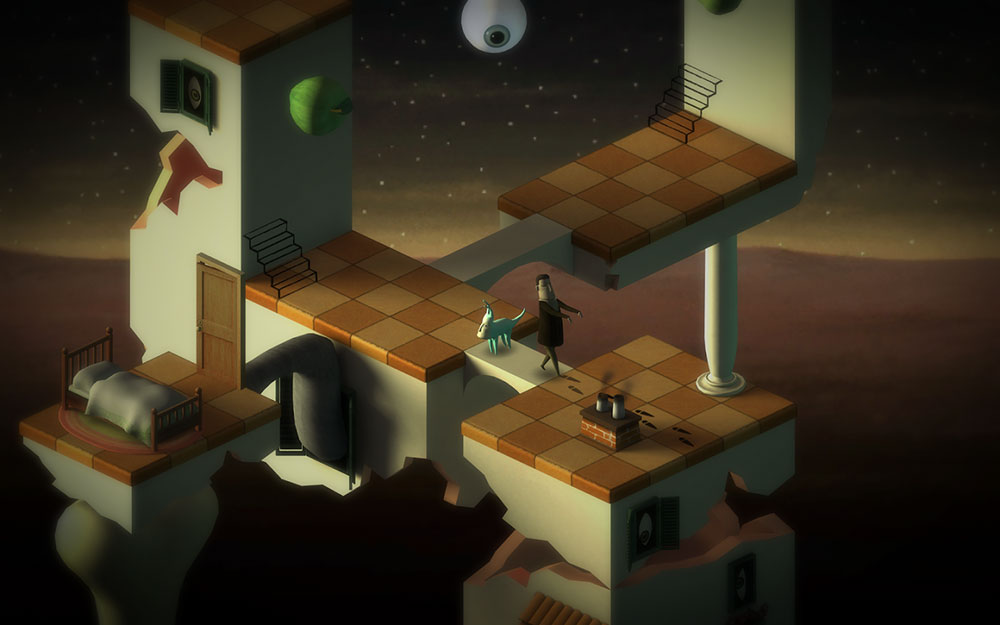
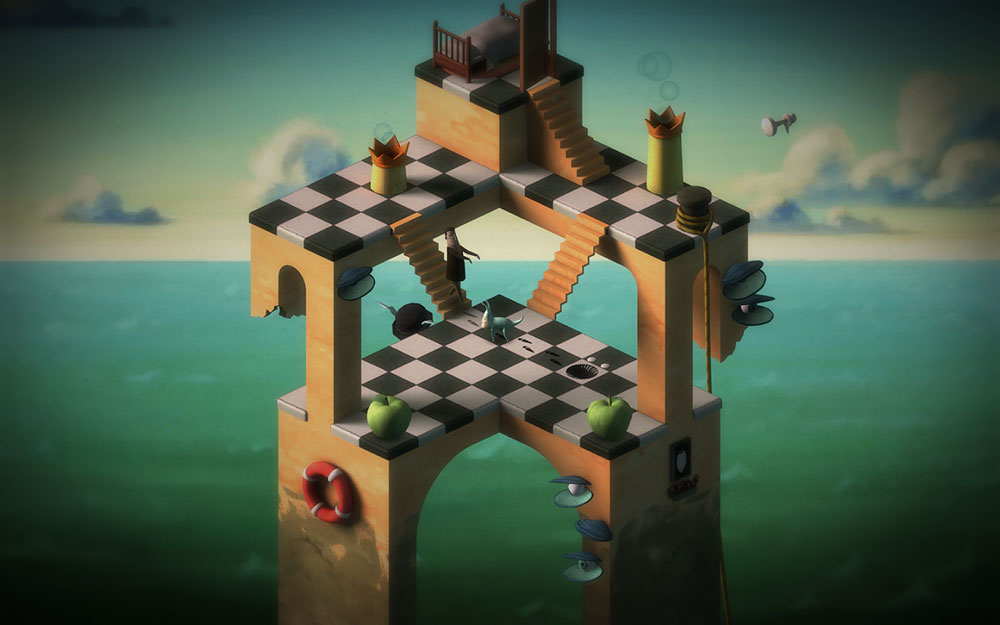
DG: What would you like game reviewers to add to their reviews? If there is anything that you think is missing in the description of your games?
BDG: Hmmm, what springs to mind is the length of the game. The amount of hours a player will get out of the game is entirely dependent on their ability to solve puzzles. We wanted to tell a story and do a fixed amount of puzzles with the basic game idea, in a way, where every puzzle has a reason to be there. Back to Bed is not a game that will replace angry birds with as many puzzles as there are days in the years, we think of it more as a fine-tuned experience. We feel it’s a great experience for the price, though – as long as our players don’t expect 10+ hours.
Apart from that, the more challenging nightmare mode is worth mentioning, as well as the fast forward button, used to speed up the game when you have a puzzle figured out. In addition, there is also full controller support for mobile devices. These things were added to create a better experience for the not-so-casual segment of our players.
DG: What is on the horizon for Bedtime Digital Games? How will you gauge the success of Back to Bed? What will make it a success for you?
BDG: As mentioned before, we are starting work on a spiritual successor named Dream Factory. It will feature an artistic dream universe like Back to Bed, but will tell a very different story and be more of an adventure puzzle.
Success for us regarding Back to Bed is first and foremost that people enjoy our game and the universe we have created. This gives us something to continue to build on in the future, as well as a huge pat on the back and reassurance that we are not crazy for believing in this game. Besides that, it would be nice to have the kind of success that creates financial stability for the next production and maybe even the possibility to grow a little.
DG: If you wanted the Android community to know one thing about Bedtime Digital Games, what would that one thing be?
BDG: Mainly that we value the Android platform and consider it a vital mobile platform. For this reason, we intend to release our games for Android no later than the iOS versions. Even though the Android platform is challenging, due to the variety of devices, we enjoy the possibilities that the platform provides, like when adding controller support (who knew you can just hook up an Xbox controller?). Android allows customization for users, in that spirit, we went as far as to allow some parts of the option menu from the PC version to remain in the Android version. We feel that it would be foolish to underestimate the Android platform, in part because of the massive user growth, but also because of the population of very dedicated gamers who enjoy the freedom Android provides.
If this interview has intrigued you, check out the hand sketches and images that Bedtime Digital Games so graciously provided to DroidGamers. The trailer and website information is listed below. Back To Bed is now available on Google Play for $4.00.
Developer Website: Bedtime Digital Games


